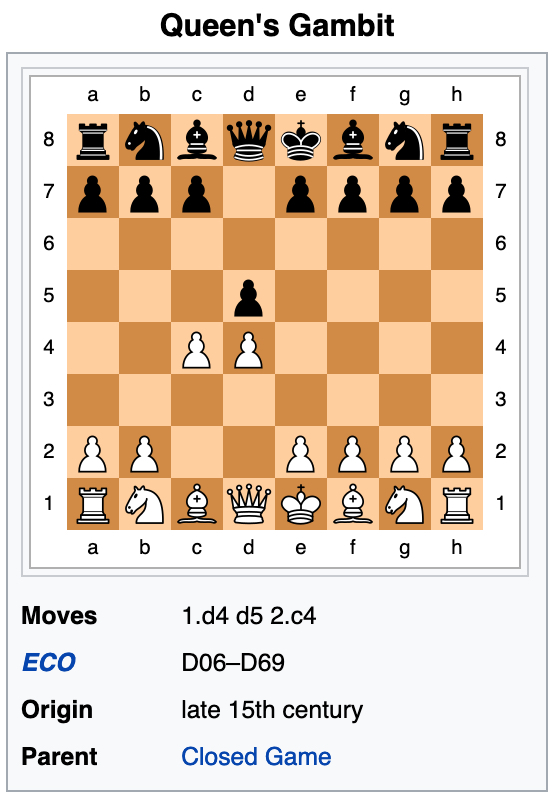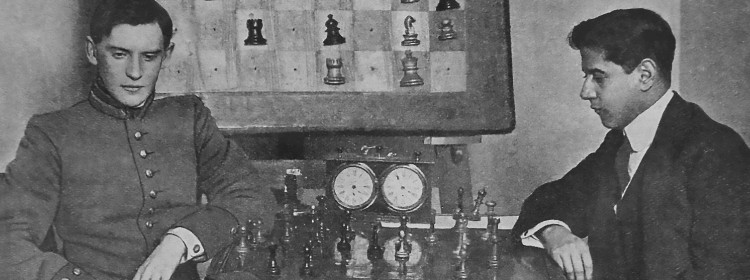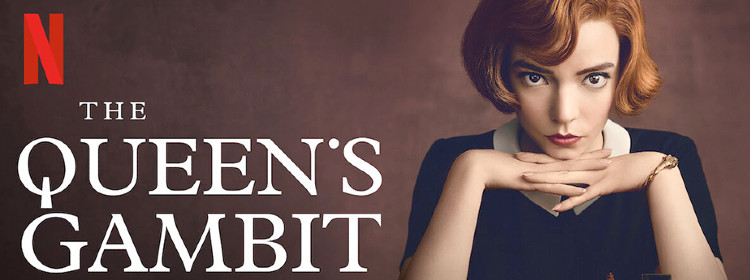As the story of a girl who ascends from finding the game in an orphanage house cellar to the top of the chess world, Netflix's new miniseries The Queen's Gambit can't generally fall flat. At the point when it depends on the book of a similar name by unbelievable short story essayist and writer Walter Tevis, upon whose work the movies The Hustler, The Man Who Fell to Earth, and The Color of Money were additionally based, the chances of progress appear to be much higher. But what about the history of Queen's Gambit? Are we all familiar with it?
What is Queen's Gambit?
The Queen's Gambit is the chess opening that begins with the moves:
1. d4 d5
2. c4

It is perhaps the most established opening is still normally played today. It is customarily portrayed as a gambit since White seems to sacrifice the c-pawn; in any case, this could be viewed as a misnomer as Black can't hold the pawn without incurring a disadvantage
Accordingly, there is bounty to like and to respect in this new, seven-episodes dramatization (featuring first Isla Johnston then Anya Taylor-Joy as the wonder Beth Harmon). We watch her become dependent both to the pills – legitimately, evidently, during the 1950s when her story starts – to the youngsters consistently to keep them quiet and agreeable and, bit by bit, to the chessboard and the control and comfort it offers. Mr. Shaibel (Bill Camp) acquaints her with the mentor of the nearby secondary school's chess group and subsequently, she is away, controlling through the positions until she turns into a Golem killing grandmaster. Did somebody say GOLEM?
Before long they are venturing to every part of the nation and afterward the world together, with Alma transforming Beth into her drinking pal as they go. She's a pill-popper, as well, and reordering her solutions gives Beth decent flexibility of tablets of her own.
Beth's ascent is basically frictionless. Her first lost game doesn't come until half part of the miniseries, her addictions don't hamper her until some other time, and as a young lady in the male-overwhelmed universe of 60s chess, she meets basically no sexism, not to mention savage conduct. The men she faces in all cases and destroys now and then looks somewhat cross, yet are generally honorably respecting, and Beth's most prominent cause of irritation is by all accounts the magazine meets that continue alluding to her as "a female chess virtuoso".
The chess hustler
Despite the fact that it attempts to ascend to the stature of critique – on the slimline among virtuoso and frenzy, how we might be lifted by our own self-damage petards, regardless of whether we want to defeat our internal as well as our synthetic devils – The Queen's Gambit capacities best and generally as a wish-satisfaction, poverty to newfound wealth dream. Will she win once more, this 64-square hustler? Indeed! Will she take in and develop from her (load up based) botches before a Soviet super player and show him the shade of her cash next time? Truly! What might it be want to be that acceptable at something that youthful? To be conceived – tumble to the earth, you may state – with the sort of brain that vaults you quickly, relentlessly into a little world-class and brings you worldwide wonder? In contrast to chess, The Queen's Gambit is marginally not exactly the number of its parts, yet you will have a lot of fun watching them at work.
History of Queen's Gambit
The Queen's Gambit is one of the most established known chess openings. It was referenced in the Göttingen composition of 1490 and was later dissected by experts, for example, Gioachino Greco in the seventeenth century. In the eighteenth century, it was suggested by Phillip Stamma and is also known as the Aleppo Gambit in his honor. During the early time of present-day chess, sovereign pawn openings were not in design, and the Queen's Gambit didn't get typical until the 1873 competition in Vienna.
As Wilhelm Steinitz and Siegbert Tarrasch created the chess hypothesis and expanded the energy about positional play, the Queen's Gambit developed more popular, arriving at its peak during the 1920s and 1930s, and it was played in everything except 2 of 34 games in 1927 World Championship match between José Raúl Capablanca and Alexander Alekhine.

After the resumption of worldwide chess action following World War II, it was less regularly observed, the same number of players moved away from balanced openings, tending to utilize Indian Defenses to battle sovereign pawn openings. The Queen's Gambit is still as often as possible played, notwithstanding, and stays a significant piece of numerous grandmasters' initial collections.
Since you are here...
How is Opening Master different from free databases?
Despite getting our games from different sources, we dedicate a lot of time to eliminate duplicates. We also normalize the names of the players, which amounts to dozens or even hundreds of corrections a month. The free databases are often very low-quality and cluttered with lots of duplicates. There is no such thing as free lunch. We ask for a fair price starting 39 EUR for one year. It is much cheaper than less quality commercial chess databases out there. Try it now. Until December 24, 2020, we offer a 50% discount on all our products just by typing the #XMAS2020 coupon at the checkout.
So hurry up and download your favorite game or millions of games and you will find the true Queen's Gambit too.

